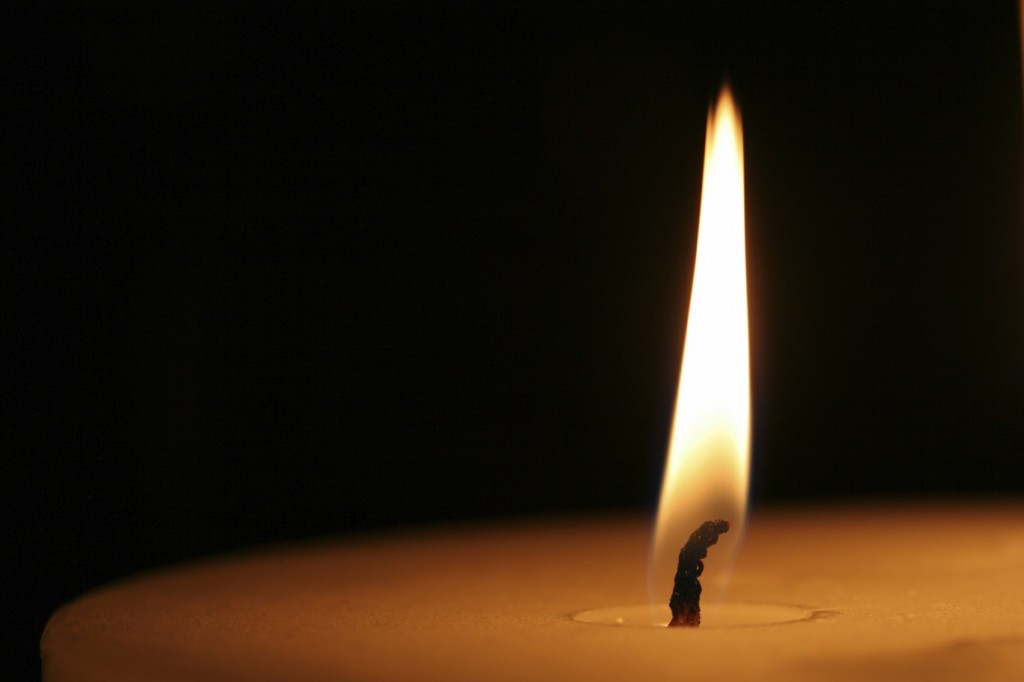The Oldest Flame August 22, 2014
Author: Beach Combing | in : Ancient, Contemporary, Modern , trackbackInspired today by the description of a nineteenth-century visit to a British church: a private chapel attached to the Arundell family house at Lanherne (Cornwall). Within the chapel there was a tabernacle and ‘the great interest is in the tradition that, since the house has always been in Catholic hands, the lamp before the Tabernacle has been kept continuously burning since before the Reformation.’ The idea of a fire that never dies is intriguing: though the mechanics are also worrying, how did they insert a new wick or new wax, did they blow it out just for a moment or transfer the flame to a candle? This, in any case, got Beach thinking about the oldest flame in the world. Cue twenty minutes scrabbling through files and looking for a book I last saw in 1986.
Google claims that the oldest fire in the world is Australia’s Burning Mountain at 6000 years. Now that is wonderful but there needs for there to be at least a little human involvement and Burning Mountain might as well be on Venus. So rephrase the question what is the oldest burning human fire? Here things started to get intriguing. There is actually, bless them, a Wikipedia page on eternal flames (there is probably an academic journal too) and it goes on and on. However, most of these eternal flames were lit after the Bangles had their hit single in 1989, and ‘lit for ever’ in 2001 just is not that impressive. But looking beyond these upstarts here are three eternal flames where you can feel the centuries in the lambent light on the walls.
I) the flame kept burning on the shrine of the Vestal Virgins in Rome until it was outlawed in a Christian Empire in 394 (Rome fell in 410 by the way you lambs-to-lions bigots). Trivia: Vesta’s fire burnt the temple down at least twice and presumably the flame was rekindled from the embers of the smouldering wreck?
II) The Cherokee flame: the Cherokees kept an ancient fire going in their homelands and in 1834 this fire was taken by a guardian on the Trail of Tears, according to some accounts it is still going today (sceptical). But how do you keep a fire going on horseback, seriously?
III) Beach’s favourite the fire of the Aboriginal Tasmanians. The original Tasmanians regressed in technological terms in several interesting ways. Most interestingly, they lost the ability to make fires. It became extremely important then to keep fires going and Europeans in the nineteenth century reported that even in times of warfare there was the custom that no Aborigine could refuse another Aborigine fire. By some estimates the flame of the last aboriginal fire was over ten thousand years old.
Other long-lasting flames: drbeachcombing AT yahoo DOT com
31 Aug: KMH makes the obvious point (though it had completely passed me by) of Zoroastrianism and the eternal flames burning in the temples there. Louis writes: ‘About that Cherokee fire: During the “Trail of tears” there were very few horses to spare, so keeping a fire going on horseback is not the question. They were also “escorted” by the US army, and presumably the army (or wealthier people in the tribe) had wagons, so it could have been kept on one of those. So the possibility is there for it to be taken still burning. And then there is the fact that we do not know if it has to be an open flame. You can carry smouldering embers in a container for quite a while, and then restart the fire from there….’ Louis suggests that a fire could be carried for some time in embers particularly if it was continually fed. Borky adds to this impression:I’m rackin’ me brain from where but I’ve a distinct visual memory of watchin’ a guy constructin’ a sort o’ funnel made from bark an’ other bits o’ crap an’ placin’ a sort o’ ember down at the centre of it an’ statin’ somethin’ t’the effect the air flow’d be so precisely controlled just enough of it’d reach the ember t’keep it alive but not enough t’allow it t’ burn itself out too quickly tho’ whether this was some Hollywood style TV movie bollocks or a scientific’ly based documentary reconstruction I can’t at the moment quite remember. I also have an old visual memory of watchin’ a guy demonstratin’ some sort o’ traditi’nal technique whereby it was possible not only to produce an enormous slowin’ down o’ the rate at which a candle burns out with a sort o’ constantly topped up cooling moat surroundin’ it but t’actu’ly replenish the substance o’ the candle by feedin’ back the old wax droplets an’ new wax in t’ a sort o’ mold containin’ the candle while attachin’ an extension [or feedin’ up a replacement?] t’the tail o’ the wick hangin’ down through an aperture in the mold then caref’ly tuggin’ it up in t’place.’ Thanks to KMH, Borky and Louis!
25 Oct 2014: Ruth the unstoppably curious with a nice naturally occuring eternal flame, also Homer



